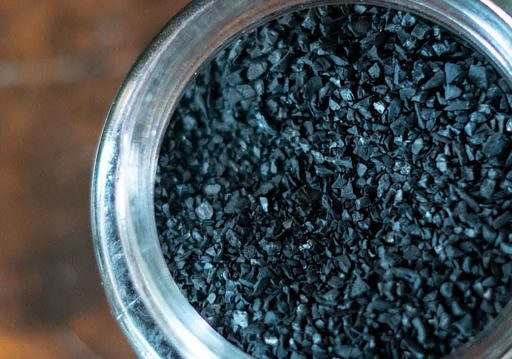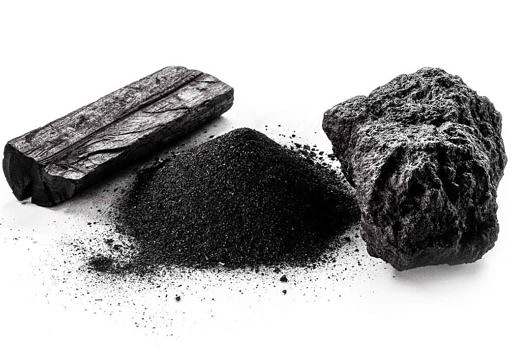Request a quote.

Activated carbon types
What is impregnated activated carbon?
For special applications and targeted treatment goals for specific compounds, impregnated activated carbon may be the alternative to non-impregnated, standard coal or coconut shell based carbon types. These impregnated activated carbons are suitable for air and water purification applications with unique customer requirements.

The special properties of impregnated activated carbon
Impregnated activated carbon is produced by chemically modifying the active surfaces of the porous particles. It can be applied to both granular (GAC) and pelletized carbon types. Impregnation will greatly enhance the adsorption capacity of target contaminants which are otherwise difficult to remove, such as polar compounds or inorganic molecules like hydrogen sulfide. Surface impregnation may involve a fine distribution of chemical or metal or metal oxide particles on the carbon surface.
In water treatment applications, silver impregnated carbon also provides anti-microbial effects and is a perfect choice for earth-bound compounds. In air treatment applications, it is often used for hydrogen sulfide (H2S) removal in biogas plants, pump stations or anaerobic or septic tanks at wastewater treatment plants. For industrial exhaust or flue gas applications, activated carbon can be impregnated to target acid gases, ammonia, amines, aldehydes, hydrogen fluoride, mercury, arsine or phosphine.
The impregnation process is performed following the normal direct activation or agglomeration process, where the chemical is normally an acid, strong base or a salt, such as phosphoric acid, sodium hydroxide, calcium chloride or zinc chloride at temperatures up to 600 degrees C.
Typical applications for impregnated carbon
Hydrogen sulfide
Mellifiq offers premium impregnated carbon for hydrogen sulfide applications, for biogas plants or wastewater treatment plants where pungent odor problems may cause serious challenges. Depending on the concentrations, OCM-SulfCAT, Sulfisorb 20 or NPECAT-300 may be considered for reliable problem solving.
Hydrogen fluoride
Hydrogen fluoride (HF) is a polar compound that requires impregnation to enhance its removal, using specialized activated carbon such as SORB17
SOx and NOx
NOx and SOx gases are a general term for oxidized nitrogen or sulfur based gas, where a combination of technologies are normally required in order to facilitate complete removal. Impregnated activated carbon is effective in adsorbing NO2, with pre-oxidation as a requirement if NO is present. Special impregnation like potassium carbonate or copper oxide are applicable through for example impregnated coconut shell based carbon COC-CU50. It is also a perfect ozone destructor material suitable for a combination of pre NO ozonation and subsequent NO2 adsorption.
Cyanides
Hydrogen cyanide or cyanide-metal complex are challenging compounds which are present in the mining industry or metal plating industry. Granular activated carbon (GAC) can be used to effectively adsorb cyanide compounds in water phase or gas phase using special impregnation. Mellifiq can facilitate this need with our COC-Cyansorb carbon type.

